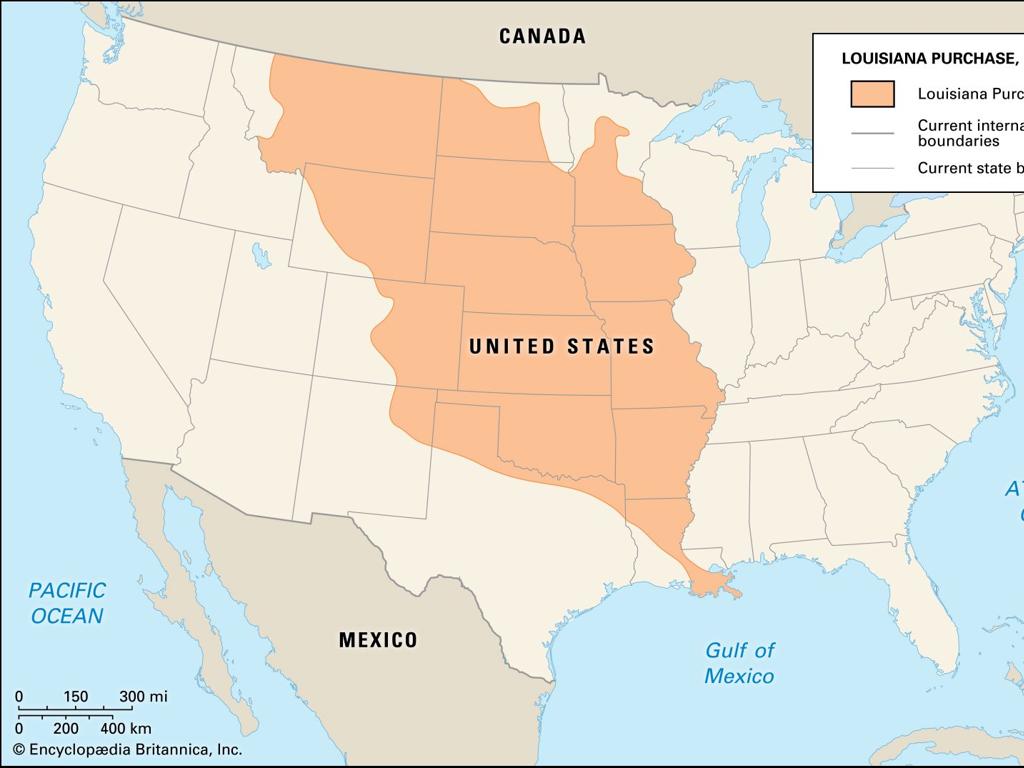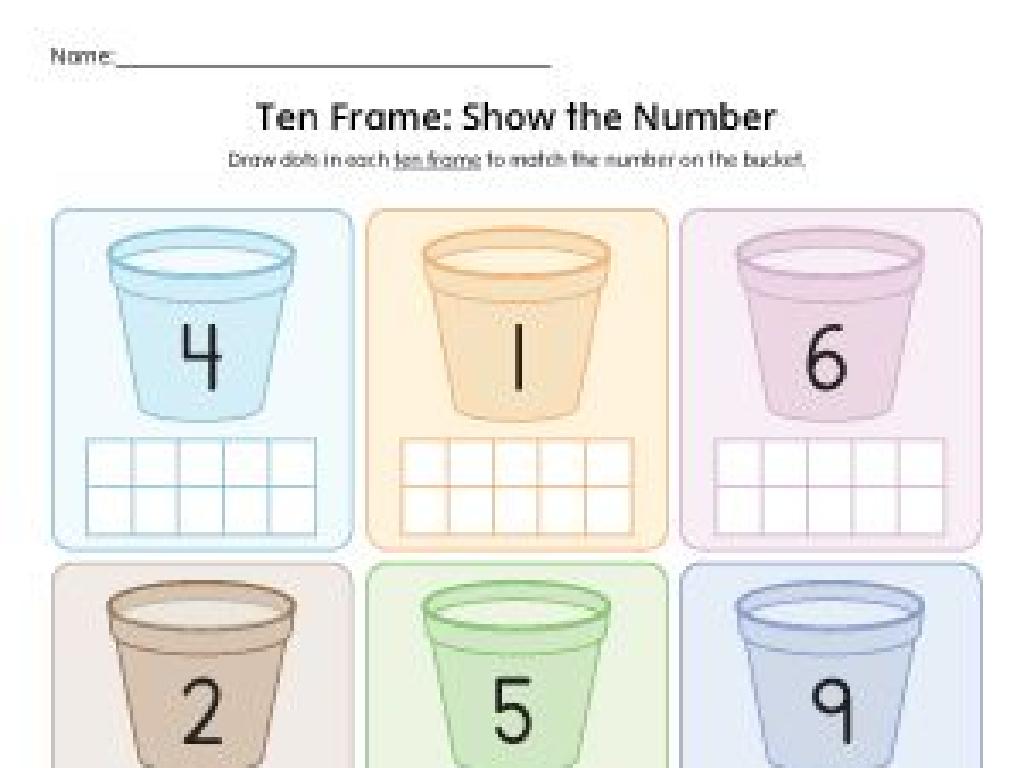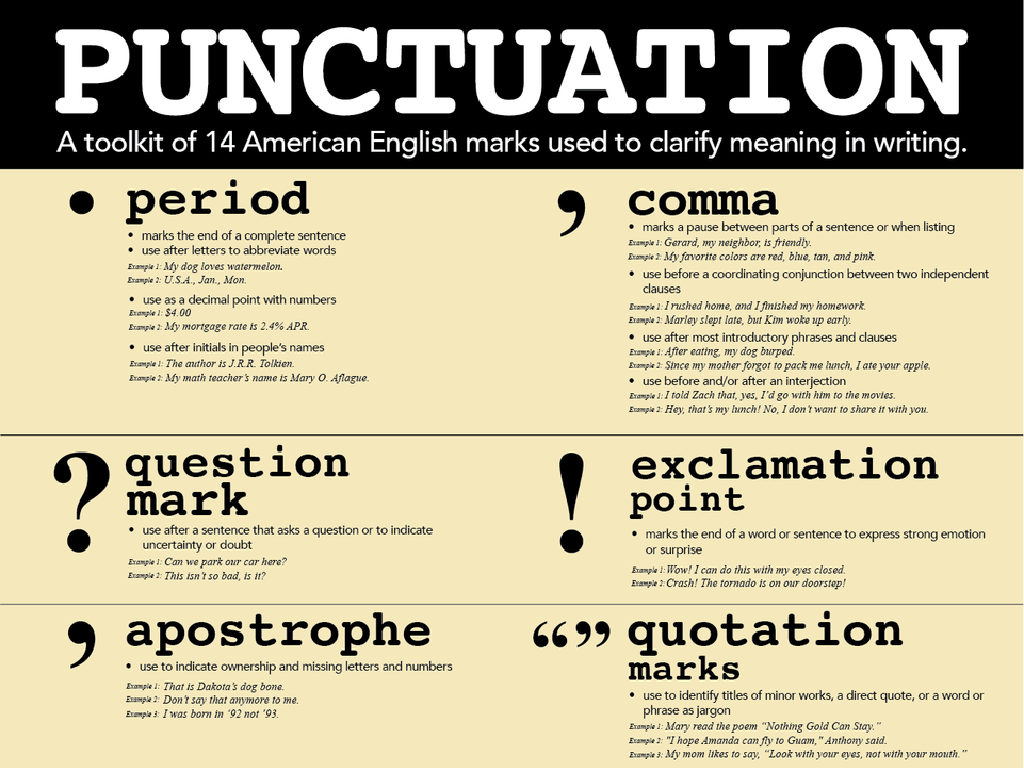Use The Correct Homophone
Subject: Language arts
Grade: Eighth grade
Topic: Homophones
Please LOG IN to download the presentation. Access is available to registered users only.
View More Content
Introduction to Homophones
– Define homophones
– Words that sound alike but have different meanings and spellings, e.g., ‘to, two, too’.
– Common homophones examples
– ‘Their’ vs. ‘there’, ‘break’ vs. ‘brake’.
– Context determines meaning
– The sentence around the homophone clarifies which word fits.
– Practice using homophones
|
This slide introduces the concept of homophones to students, emphasizing the importance of context in determining the correct usage. Start by defining homophones and providing clear examples. Highlight how homophones can lead to misunderstandings if not used properly. Engage students with examples where they choose the correct homophone based on the context provided. Encourage them to think of other homophones and create sentences to illustrate their understanding. This will prepare them for activities where they will practice using homophones in various contexts.
Homophones, Homographs, and Homonyms
– Define homophones with examples
– Words that sound alike but have different meanings and spellings, e.g., ‘to, two, too’
– Define homographs with examples
– Words spelled the same but with different meanings, e.g., ‘lead’ (to guide) vs. ‘lead’ (a metal)
– Define homonyms with examples
– Words that sound alike and may be spelled alike but have different meanings, e.g., ‘bat’ (the animal) and ‘bat’ (used in sports)
– Distinguishing importance
|
This slide aims to clarify the differences between homophones, homographs, and homonyms, which are often confused. Homophones are particularly important in spoken language and listening comprehension, as they can lead to misunderstandings if not properly distinguished. Homographs require attention to context for correct interpretation when reading. Homonyms can be tricky as they encompass both homophones and homographs, depending on their pronunciation and meaning. Emphasize the importance of context in understanding these words and encourage students to practice using them correctly in sentences. Provide additional examples and exercises to help students master the distinctions.
The Significance of Homophones
– Homophones’ impact on meaning
– Words that sound alike can change a sentence’s meaning entirely.
– Common homophone mistakes
– ‘Their’, ‘they’re’, ‘there’ – mixing these up can confuse readers.
– Homophones in puns and wordplay
– Puns often rely on homophones for humorous effect, like ‘A bicycle can’t stand on its own because it’s two-tired.’
– Strategies to master homophones
|
Homophones are words that sound the same but have different meanings and often different spellings. Understanding homophones is crucial for clear communication, as misuse can lead to misunderstandings. Highlight common errors students might make, such as confusing ‘to’, ‘too’, and ‘two’. Discuss how homophones can be used creatively in language, such as in puns, adding humor and wit to writing. Provide strategies for mastering homophones, like creating a visual dictionary or practicing with worksheets. Encourage students to be mindful of context to determine the correct homophone usage.
Mastering Homophones: Correct Usage
– Identify homophones in context
– Homophones sound the same but have different meanings and spellings.
– Use context for correct homophones
– Clues in the surrounding text determine the right one to use.
– Practice: their/there/they’re
– ‘Their’ shows possession, ‘there’ refers to a place, ‘they’re’ is a contraction for ‘they are’.
– Practice: your/you’re, its/it’s
– ‘Your’ shows possession, ‘you’re’ means ‘you are’. ‘Its’ is possessive, ‘it’s’ is a contraction for ‘it is’.
|
This slide aims to help students understand and practice the correct usage of common homophones. Begin by explaining what homophones are and how they can be easily confused due to their similar pronunciation. Emphasize the importance of context in determining the correct homophone to use in a sentence. Provide clear examples for each set of homophones, and explain the common mistakes that students might make. Encourage students to come up with additional sentences using these homophones to reinforce their learning. As a class activity, students could work in pairs to create a short story or dialogue that includes these homophones, ensuring they use them correctly within the context.
Homophones in Literature
– Homophones in literary works
– Words that sound alike but have different meanings, like ‘there’ and ‘their’.
– Analyzing homophones’ role
– Discuss how homophones can add depth or humor to literature.
– Activity: Spot homophones in text
– Choose an excerpt and highlight the homophones you find.
|
This slide aims to explore the use of homophones in literature and their effect on writing. Homophones can enrich the text by adding layers of meaning or creating puns that engage the reader. Start by providing examples from well-known works where homophones contribute to the narrative or the tone. Then, lead a discussion on why authors might choose to use homophones and how they can alter the reader’s experience. For the activity, provide students with a passage from a book or poem and ask them to identify and underline the homophones. This will help them understand the context and the importance of choosing the right word for clear communication. In the next class, discuss the findings and how the identified homophones contribute to the overall meaning of the text.
Practice Time: Mastering Homophones
– Interactive homophone game
– Match pairs of homophones in a fun game
– Fill-in-the-blank homophone exercise
– Use context to choose the right homophone
– Create sentences with homophones
– Write original sentences using homophones correctly
|
This slide is designed to engage students in active learning through an interactive matching game where they will pair homophones. The fill-in-the-blank exercise will reinforce their understanding by requiring them to choose the correct homophone based on context. Finally, students will apply their knowledge by creating original sentences, demonstrating their ability to use homophones correctly in writing. For the interactive game, consider using online platforms that allow custom game creation. Provide a worksheet for the fill-in-the-blank exercise with sentences missing words, and ensure a mix of homophones is used. Encourage creativity in the sentence creation task, perhaps offering a small reward for the most inventive sentences. These activities will help solidify the students’ grasp of homophones in a practical, enjoyable manner.
Class Activity: Homophone Hunt
– Understand the activity instructions
– Work in pairs to spot errors
– Find pairs of words that sound the same but have different meanings and spellings in the text
– Correct the homophone mistakes
– Use your knowledge of homophones to fix the errors
– Share findings with the class
– Discuss the corrections and learn from each other’s findings
|
This interactive class activity is designed to enhance students’ understanding of homophones words that sound alike but have different meanings and spellings. Students will work in pairs to foster collaboration, carefully reading a provided text to identify incorrect homophones. After locating these errors, they will use their knowledge to make the appropriate corrections. Once completed, each pair will share their findings with the class, allowing for a group discussion and further learning. This activity not only reinforces the concept of homophones but also promotes peer learning and critical thinking. Possible texts for this activity can include excerpts from novels, news articles, or purposely crafted paragraphs with homophone errors. The teacher should ensure that the text is appropriate for the eighth-grade level and contains a variety of homophone errors to challenge the students.
Homophones: Conclusion & Homework
– Recap on homophones
– Homophones sound alike but have different meanings, like ‘to’, ‘two’, and ‘too’.
– Proofreading for errors
– Careful reading ensures we use the right homophones, avoiding misunderstandings.
– Homework: A homophone story
– Craft a story with ten homophones to demonstrate understanding and creativity.
– Importance of correct usage
|
As we wrap up our lesson on homophones, it’s crucial to emphasize the importance of understanding and correctly using homophones to avoid confusion in writing. Proofreading is a key skill that helps identify and correct homophone errors, ensuring clear communication. For homework, students are tasked with writing a short story that includes at least ten different homophones, which will help reinforce their learning and allow them to demonstrate their grasp of the concept creatively. Encourage students to share their stories in the next class for peer review and to celebrate their use of homophones in context.






